A blockchain is a peer-to-peer decentralized ledger that records transactions by creating a secure, time-stamped chain of information. A network of nodes—computers that use a consensus mechanism and cryptography—stores this information, creating a long and permanent history of verified transactions—in other words, blocks on the blockchain. Blockchain records provide valuable, verifiable documentation of facts that can be used in litigation; this renders blockchain a more attractive archival option compared to standard electronic archives, which can be altered.
As more blockchains emerge, litigators will need to verify their authenticity and reliability because valuable and sensitive evidence may only be accessible via blockchain. Common blockchain practices like forking and chain reorganization create opportunities for exploitation; this is because nodes looking to add new transactions to the chain are forced to decide which of several chains to follow so that the blockchain can keep operating. This can increase the vulnerability of decentralized finance transactions to security threats that put data at risk for tampering or other inaccuracies.
This Essay addresses how forked blockchains are, in fact, not immutable. More importantly, it addresses how future litigators can convince judges that questionable data on unreliable blockchains should not be admitted in court. It proceeds in three sections. Part I outlines how blockchains are not always immutable, with an emphasis on forking, which undermines blockchains’ reliability as evidence. Part II explains how courts have previously addressed unreliable electronic evidence. Part III poses two litigation hypotheticals in which judges might deny the admission of blockchain evidence due to the unreliability of the blockchain.

